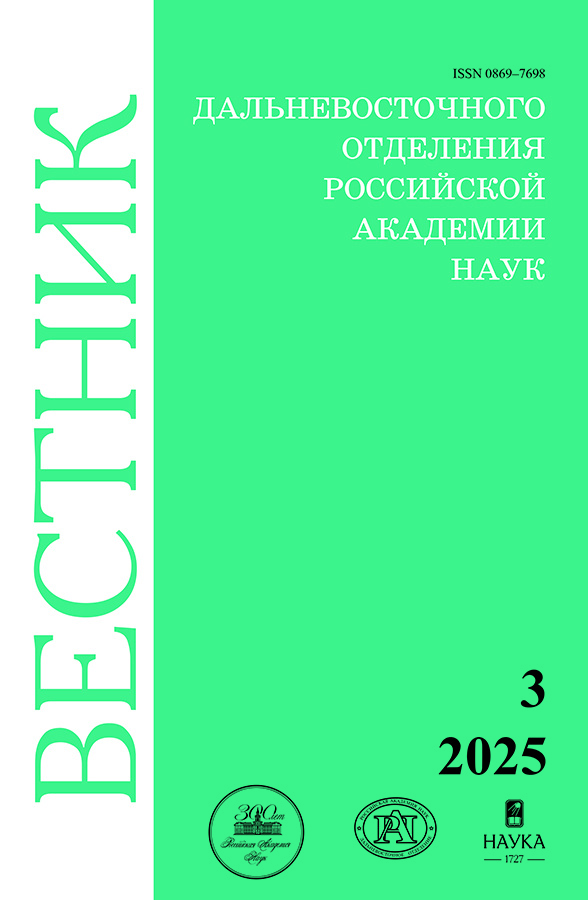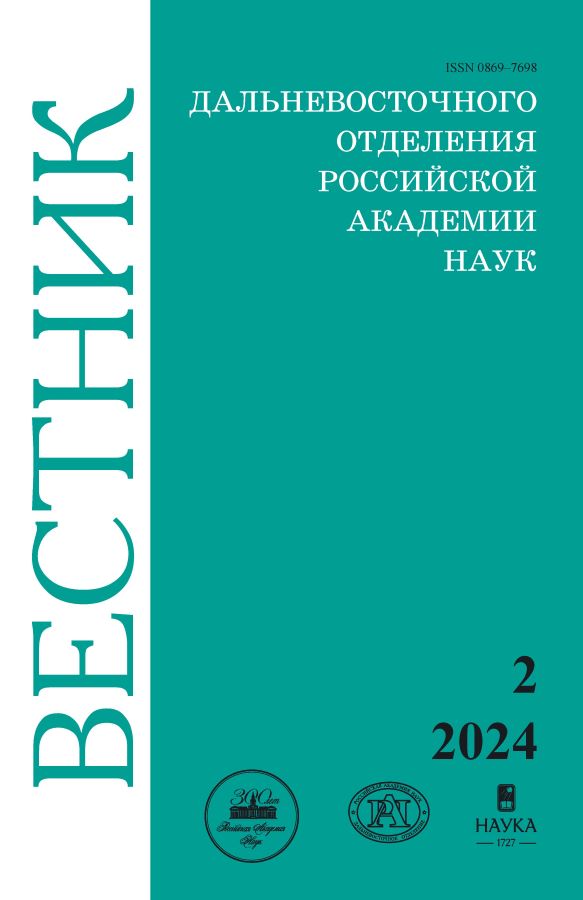Development of a method for detecting traffic flow objects from satellite photographs with high image quality
- Authors: Pugachev I.N.1, Tormozov V.S.2
-
Affiliations:
- Khabarovsk Federal Research Center, FEB RAS
- Pacific State University
- Issue: No 2 (2024)
- Pages: 33-41
- Section: Earth and Environment Sciences
- URL: https://permmedjournal.ru/0869-7698/article/view/676033
- DOI: https://doi.org/10.31857/S0869769824020033
- EDN: https://elibrary.ru/ldnkmo
- ID: 676033
Cite item
Full Text
Abstract
A set of algorithms used to recognize objects in high-quality satellite photographs is described. This method has a unique ability to detect objects whose dimensions in images do not exceed several tens of pixels. In a photograph, each distinctive area of the image is examined to determine the presence of an object of a certain class, and the probability of this presence in the area in question is calculated. Based on the results of image analysis, a conclusion is drawn about the presence and probable location of the object. A detailed explanation is also given of how the algorithms used in the detection process are learned and parameterized. Taking into account the research results, a wide range of processes can be automated, for example, simplifying the collection and analysis of data in numerous analytical systems. The method has enormous potential and can be effectively used in various fields related to image processing and data analysis, in particular, used for effective traffic management, ensuring uniform loading of the transport network at the limit of its capacity, avoiding overloading of vulnerable areas, as well as forecasting the development of the transport situation. It helps speed up the algorithm for detecting vehicles on satellite images, allows you to assess the state of road traffic and the effectiveness of its organization, identify and predict the development of processes affecting the state of road traffic, as well as monitor the field of safety and traffic management.
Full Text
About the authors
Igor N. Pugachev
Khabarovsk Federal Research Center, FEB RAS
Author for correspondence.
Email: ipugachev64@mail.ru
ORCID iD: 0000-0003-0345-4350
Doctor of Technical Sciences, Associate Professor
Russian Federation, KhabarovskVladimir S. Tormozov
Pacific State University
Email: 007465@pnu.edu.ru
ORCID iD: 0000-0002-5628-858X
Candidate of Technical Sciences, Associate Professor
Russian Federation, KhabarovskReferences
- Pugachev I. N., Markelov G. Ya., Tormozov V. S. Technique for counting vehicles using space images of ultra-high spatial resolution. Bulletin of Pacific National University. 2017;45(2):13–20. (In Russ.).
- Pugachev I. N., Markelov G. Ya., Tormozov V. S. Acceleration of the vehicle detection algorithm on satellite images using the hypothesis filtering procedure. Bulletin of the Russian New University. Series: Complex Systems: Models, Analysis, Control. 2019;(1):130–139. (In Russ.).
- Chen Ch., Minald A. A., Bogush R. P., Ma G., Weichen Y., Ablameiko S. V. Detection and classification of vehicles in ultra-high resolution images using neural networks. Journal of Applied Spectroscopy. 2022;89(2):275–282. (In Russ.).
- Pugachev I. N., Markelov G. Ya., Tormozov V. S. Training and use of a convolutional neural network for the detection and classification of vehicles on ultra-high resolution satellite images. Industrial ACS and Controllers. 2019;(10):20–25. (In Russ.).
- Golovnin O. K. System analysis and modeling of objects, processes and phenomena of transport infrastructure in technical control systems. Proceedings of the Samara Scientific Center of the Russian Academy of Sciences. 2018;20(6–2):301–310. (In Russ.).
- Bobyr M. V., Arkhipov A. E., Yakushev A. S., Bhattacharya S. Building a depth map using the upgraded Canny filter. Part 2. Industrial ACS and Controllers. 2021;(5):3–15. (In Russ.).
- Pashaev M. Ya. Management of transport logistics systems based on GLONASS. Bulletin of the Astrakhan State Technical University. Series: Management, Computer Technology and Informatics. 2017;(3):143–148. (In Russ.).
- Filippova N. A., Mushta B. M., Sidorenko A. V. Analysis of the development of the navigation system of dispatch control of freight transport. Synergy of Sciences. 2019;(36):734–751. (In Russ.).
- Isaeva E. I., Sorokin E. A. Evaluation of the effectiveness of the implementation of navigation satellite technologies for transportation in international traffic. In: Topical Issues of the Organization of Road transport, Traffic Safety and Operation of Vehicles: Collection of scientific papers based on the materials of the XIV International Scientific and Technical Conference. Saratov; 2019. P. 97–104. (In Russ.).
- Petrova E. A. Reducing the costs of a transport enterprise with the help of digital technologies. In: Problems of improving the organization of production and management of industrial enterprises: Interuniversity collection of scientific papers. Samara; 2021. N1. P. 228–231. (In Russ.).
- Mikheeva T. I., Golovnin O. K., Fedoseev A. A. Intelligent geoinformation platform for the study of transport processes. In: Information technologies and nanotechnologies (ITNT-2017). Proceedings of the III International Conference and Youth School. Samara; 2017. P. 753–761. (In Russ.).
Supplementary files










